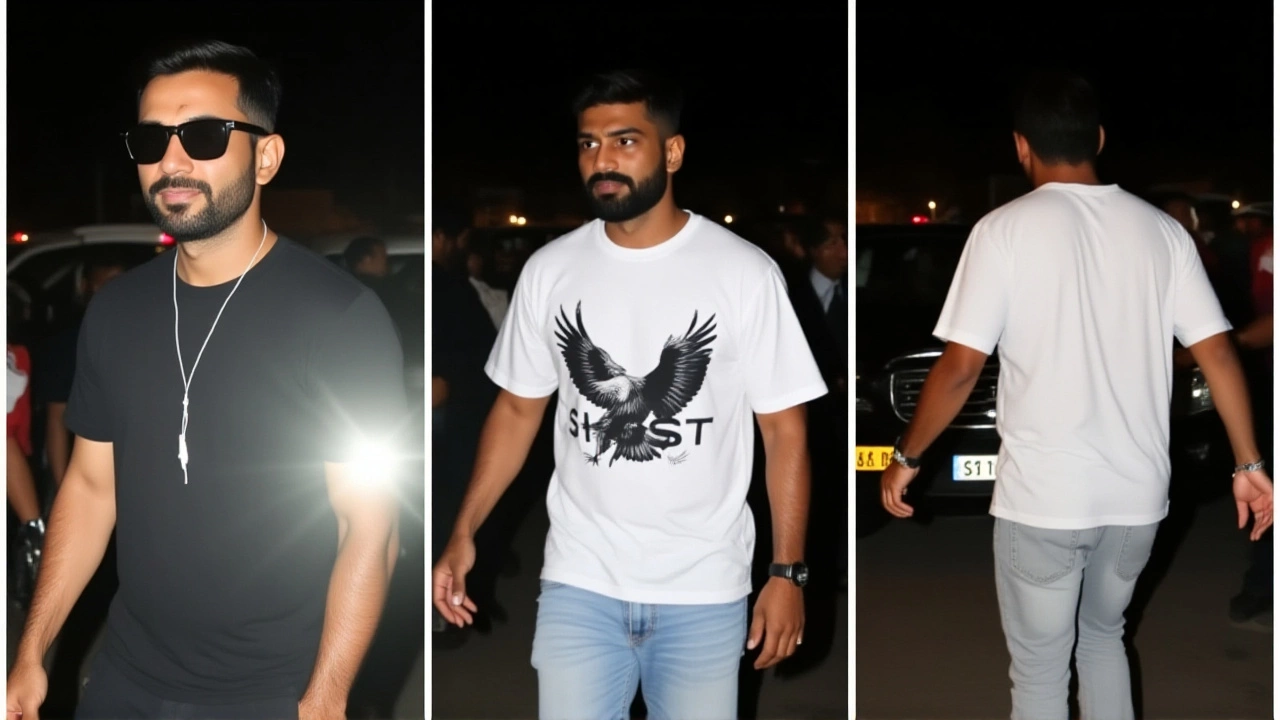West Indies Test – All You Need to Know
When you hear West Indies Test, a five‑day cricket match featuring the West Indies national side. Also known as WI Test, it sits at the heart of the longest form of the game.
The West Indies cricket team, the team that represents the Caribbean nations in international cricket brings a blend of power hitting and spin wizardry to the field. Their performances shape the narrative of Test cricket, the traditional, multi‑day format that tests skill, stamina and strategy. In every series, the team’s batting line‑up aims to post big totals while the bowlers look to exploit swing, seam and turn over five sessions.
How a West Indies Test Fits Into International Cricket
Every West Indies Test is part of international cricket, the global framework governed by the ICC that includes Tests, ODIs and T20s. The series usually comprises two to five matches, each played at iconic venues like Kensington Oval or Sabina Park. The outcome influences ICC rankings, which in turn affect future tour schedules and revenue sharing. For fans, a Test series offers storylines that span days: a debutant’s first fifty, a bowler’s five‑wick haul, and the ebb and flow of momentum.
What makes the West Indies Test distinct is the Caribbean flair – aggressive field placements, colorful celebrations, and a deep‑rooted love for fast bowling. Historically, the team has produced legends such as Sir Garfield Sobers and Malcolm Marshall, setting a benchmark for excellence. Modern players continue that legacy by adapting to faster pitches and new technologies, like video‑analysis tools that break down each ball’s trajectory.
From a tactical standpoint, a West Indies Test demands careful planning. Captains must balance defensive fields with attacking options, while coaches monitor player workloads to prevent fatigue. The five‑day structure allows teams to experiment – a night‑watchman protecting a lower‑order batter, or a part‑time spinner filling in on a rain‑affected fourth day. These decisions often hinge on pitch conditions, weather forecasts, and the opposition’s strengths.
Batting in a West Indies Test is a test of patience and technique. Openers aim to see off the new ball, while middle‑order players build partnerships that can swing the match. Late‑order hitters provide acceleration, especially when a quick run‑rate is needed to set a target. On the bowling side, pace attacks thrive on the Caribbean’s typically bouncy decks, whereas spin can dominate on slower, turning surfaces later in the series.
Off the field, the West Indies Test contributes to the region’s economy. Ticket sales, hospitality packages, and broadcast rights generate revenue that supports grassroots cricket programs. Moreover, the series often coincides with cultural festivals, giving tourists a taste of Caribbean music, food, and art. This synergy amplifies the sport’s reach beyond pure cricket enthusiasts.
Technology also plays a growing role. Decision Review System (DRS) reviews, Hawk‑Eye tracking, and real‑time analytics help umpires and teams make informed calls. Players use wearable sensors to monitor heart rate and fatigue levels, ensuring they stay fit for the grueling schedule. These innovations make the modern West Indies Test both traditional and high‑tech.
Fans follow the drama through live commentary, social media threads, and post‑match analyses. Expert panels break down each session, highlighting key moments like a turning spell or a crucial catch. For newcomers, understanding the basic rules – overs, follow‑on, and innings – helps appreciate the strategic depth.
In the collection below you’ll find articles that dive deeper into recent West Indies Test matches, player performances, and upcoming series schedules. Whether you’re tracking scorecards, looking for tactical breakdowns, or just want a quick recap, this hub offers a curated view of everything West Indies Test related.
